Community Gateway
Back to Gateway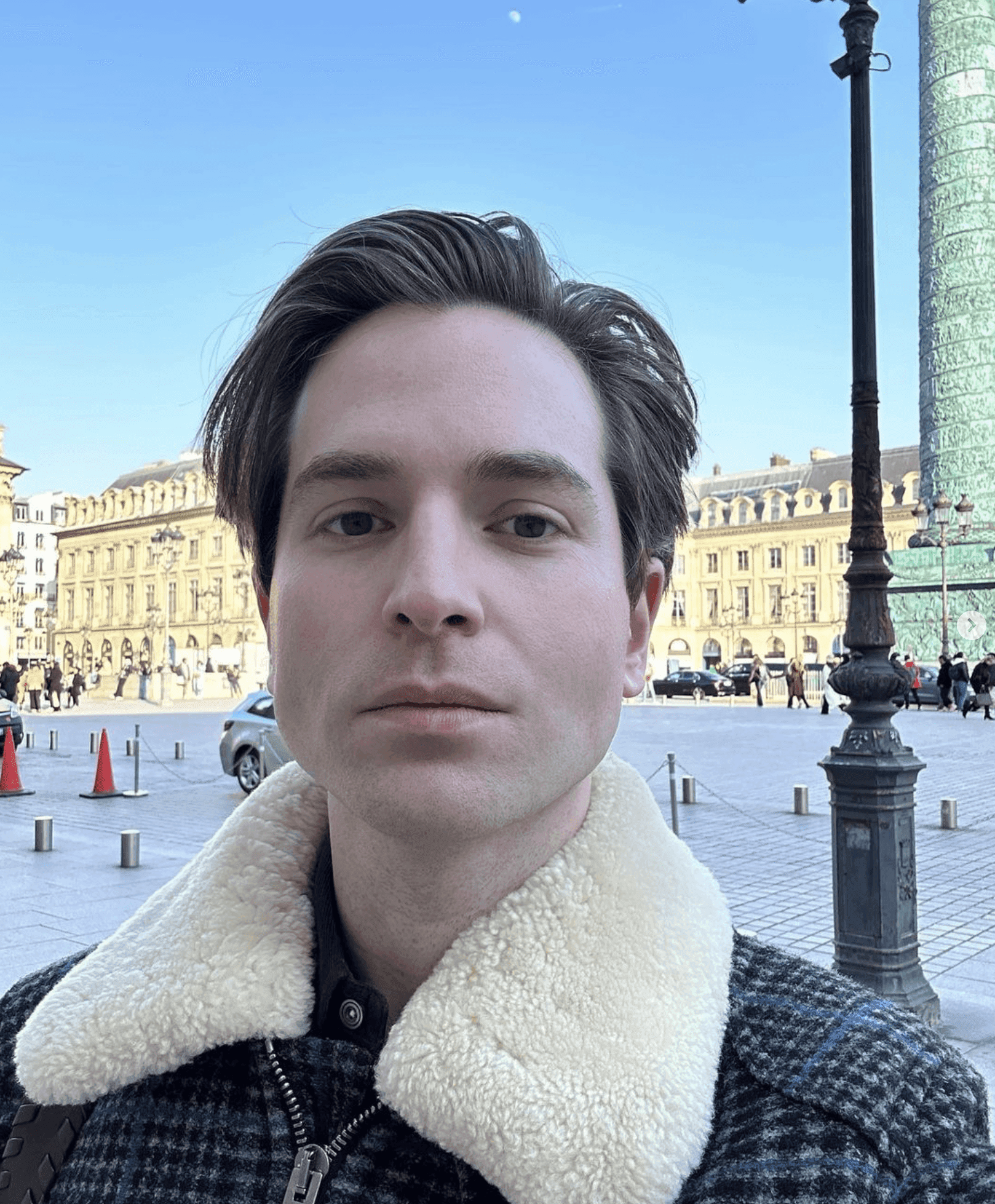
For me, like for a lot of St. Stephen’s students, that’s quite a difficult question to answer. I consider myself British but I was born and raised in Rome. My father worked for FAO and my parents moved to Rome from Africa. Like many St. Stephen’s students, I came to the school from Ambrit.
I realize now what a small school St. Stephen’s was back then. There were only 180 students when I was there and the school has grown a lot since then. I recall the boarding and day students were very close, it was a tightly knit community. You knew everyone and the school spirit was so welcoming; whatever activity you wanted to do, there was always room to pursue it. If you had a specific interest, it was easy to be a big fish in a small pond; my interest was fashion and I felt supported by St. Stephen’s.
Parents and even students who weren’t the same year as me helped me connect to professionals in the fashion industry. When I was a freshman, there was a senior whose father worked as an interior and furniture designer. St. Stephen’s helped connect us. I also recall participating in a fashion competition that involved students from other international schools; I didn’t win but I gained an internship through meeting the parents of a student at Marymount. The internship was with Bottega Veneta and it was an amazing experience.
I completed the IB at St. Stephen’s and did an additional AP in Art History. I then completed a foundation year where I focused on fashion design at Central Saint Martin’s, which is still considered one of the best schools for studying fashion design. In England, for a design degree, it’s typical to complete a foundation year in design and then apply to a bachelor’s program. I decided to apply to Cambridge and was accepted to study architecture. Because my experience at St. Stephen’s had been so broad and had enabled me to study not only the subjects that interested me but also math, chemistry and literature, studying architecture felt like the best way to continue to develop a broad foundation. I felt this academic environment would be more in tune with the way I had studied at St. Stephen’s than an environment where I only studied fashion design. Architecture is an interdisciplinary field and I knew the program would be collaborative, not competitive. This thirst for learning and desire to cross pollinate between subjects was instilled in me by St. Stephen’s. Studying architecture at Cambridge proved to be an intellectually stimulating experience for me. I was surrounded by people with different interests, not just fashion design students. Whether this decision helped me in my early career is questionable but it definitely helped me later on in my career because in positions of leadership you have to work with people who come from different walks of life and different areas of the industry with unique specializations, whether they are numbers people or creative people.
did. I knew I wanted to be in fashion. I was very into fashion journalism, styling, writing, etc. At that time, the fashion editor was the role that would allow you to mix all these skills. Unfortunately, the fashion editor role is not what it used to be in the current media landscape. I started my editorial career after Cambridge as a Fashion Assistant at the International Herald Tribune. The path I took into fashion isn’t viable anymore; that newspaper doesn’t even exist anymore. After working as a Fashion Assistant, I transferred to Design and built up from there. I was equally interested in fashion editing and fashion designing; both areas involved building a story.
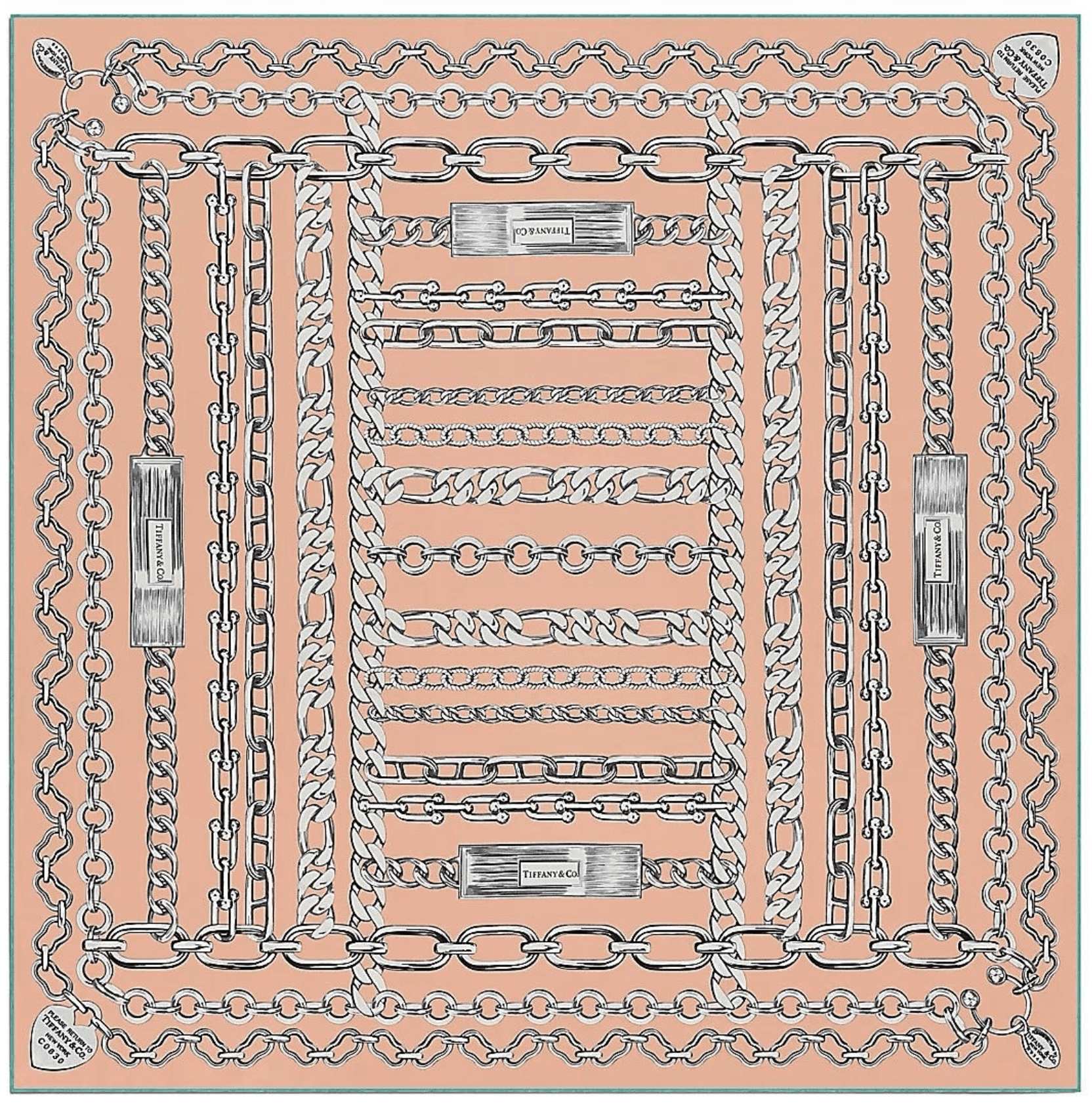
The process is very interesting. I get to spend a lot of time in Italy, working with luxury fashion houses, because most luxury is still produced in Italy. My upbringing in Rome has been such a benefit because I have to speak Italian when I visit factories. One of my IB subjects at St. Stephen’s was Italian and that was when I really learned how to read and write well. The importance of speaking Italian in [the fashion industry] should not be underestimated.
My favorite part of my work is visiting the factories and seeing the process of a product being made. Then, the most gratifying part is seeing it worn, whether thats in a fashion show or, even better, in real life.
I used to see my work more often in magazines and advertising campaigns but those two things are less present than they used to be although no less thrilling to see when I do come across them. The best thing is seeing something you created out in the world and seeing people appreciate it.
The AP Art History course I took at St. Stephen’s (with Pamela Christie) continues to be a huge point of reference for me because it taught me so much about the history of art. It gave me a table of contents for a plethora of material I can reference in my work. Today, I visit museums and vintage fairs. I remember visiting Rome’s Porta Portese flea market with friends when I was at St. Stephen’s. There weren’t many vintage stores in Rome at the time but we had the market. During my time in high school at St. Stephen’s, I learned how to use books for inspiration and spent a lot of time looking at magazines – I still have some of those magazines!
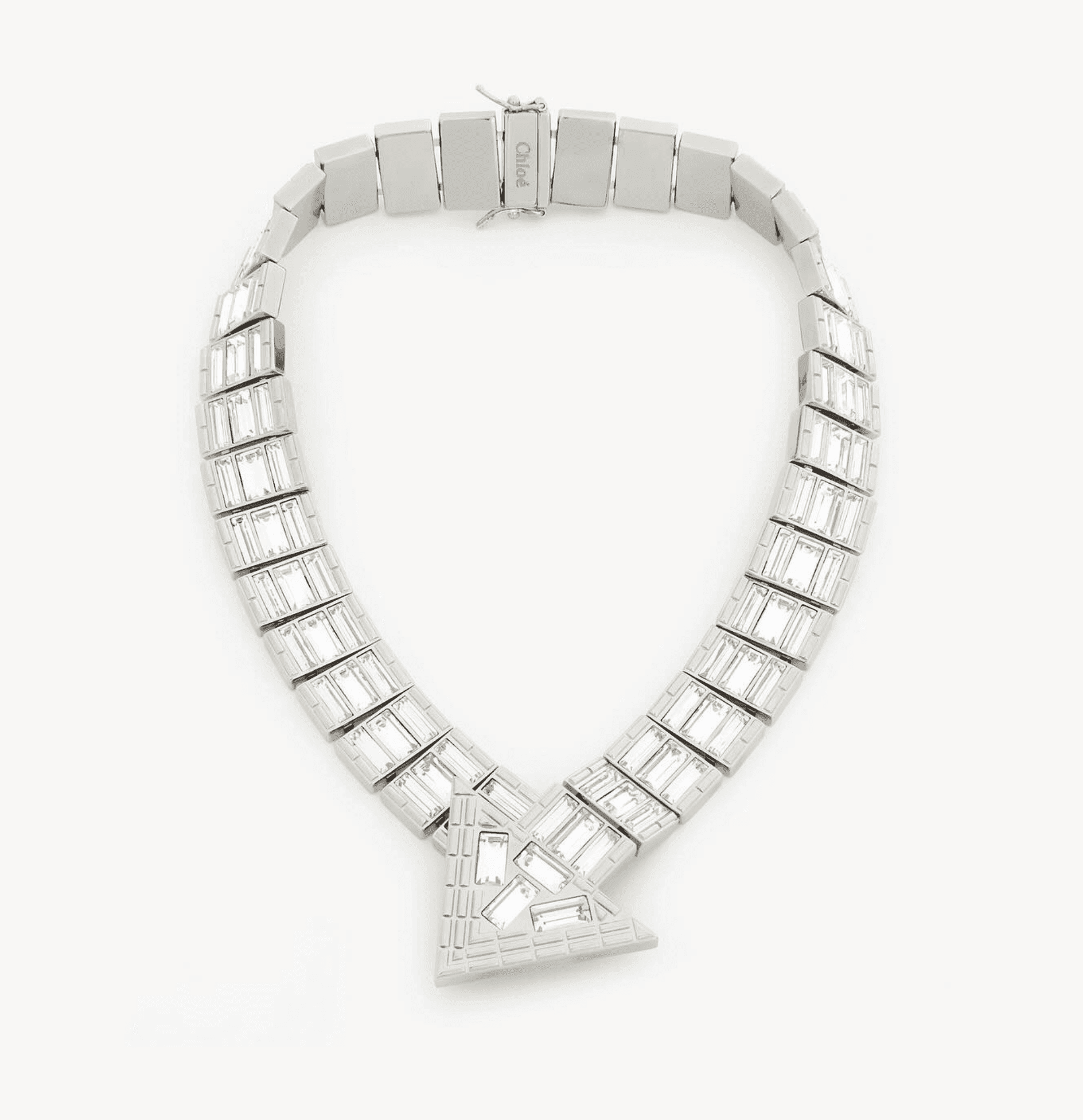
I design now for Gabriela Hearst and I was with her for her three year tenure at Chloe as Design Director of Fashion Accessories and now I am Design Director of Accessories for her brand. She is a pioneer in the sustainable fashion movement. I think everything that is happening with upcycling and sustainability in fashion is the new frontier in the industry. It’s the place where the most exciting things are happening.
We have enough fabric, enough product in the world as it is so we can now reinvent it, repurpose it, cut it up and remake things with it. We do not need to produce new materials at the rate that we used to and if we do, there needs to be either a social or environmental purpose in addition to the creative purpose behind why we’re making them. We have to be innovative and the things we do should have meaning.
For example, at Gabriela Hearst, we made a cashmere lace which is something that has not been made before. Cashmere is something associated with knits so what we did was creatively innovative because you’re really designing something new. At Chloe, we worked with non-for-profits around the world in collaboration with the UN to support the crafts of developing countries, giving them a world stage and showing that luxury is more about craft than about provenance.
The work I did at Chloe was very special because my team had the opportunity to rewrite a chapter of the house; that’s how design works, it's done in chapters. Typically, a designer stays between three and seven years. To be able to collaborate with Gabriela at Chloe and contribute to the creation of a unique language during Gabriela’s tenure at Chloe was my proudest and most creative moment so far. When we were at Chloe, the brand became the first ever B corp certified fashion house, which was a big deal.
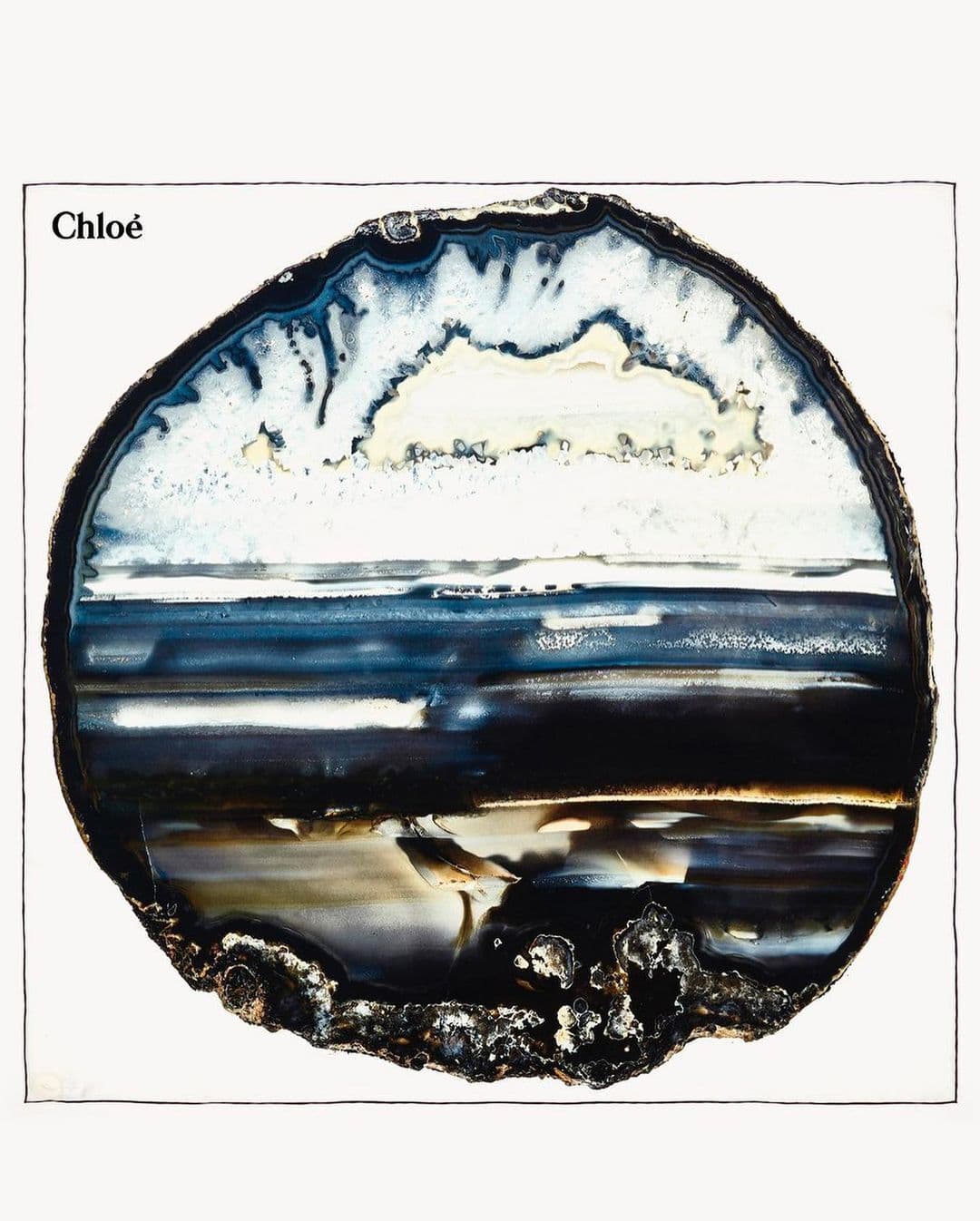
At the beginning of my career, it was hard to get people to understand me. I found it challenging to explain my multidisciplinary approach to my education, my work and my life. A lot of people in the corporate world want to put you in a box. I think some of that is changing now because of how much the world has opened up due to the growth of the internet and social media but I remember when I went to work for Prada, for example, they were of the mind that, because I had studied architecture, I should work in the architecture department.
I also had bad luck graduating university during the global recession, which is something I am sure a lot of people who graduated during the pandemic can relate to. It was a moment when you had to be scrappy and say yes to a lot of things even if they weren’t exactly what you wanted. In the end, when it comes to the twists and turns, you have to make the most out of them.
For example, at one point, I was working for an online magazine and it wasn’t really the right job for me ultimately but through that job I met the creative director of Acne Studio because I was interviewing and styling him for this magazine and I got to talking to him and it led to my first commission to design scarves. I never would have gotten my start designing scarves if I had not taken that other job. So, don’t give up. Make the most of the situation you’re in and try to stay agile. Do not feel stuck even if you’re in a situation that is less than ideal. Instead, try to strategize about how you can move back to your path. It’s better to take the long path than take no path.
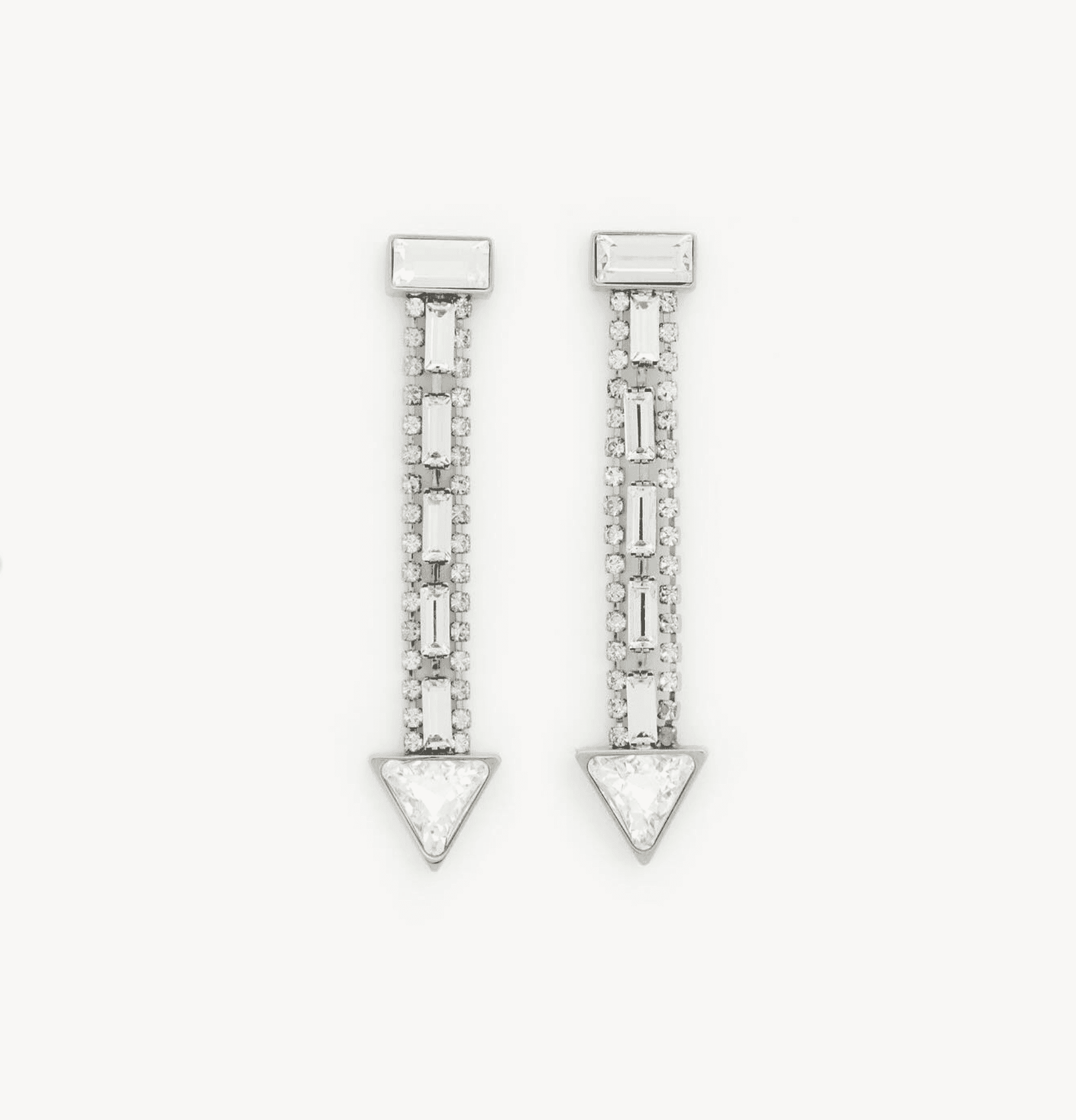
I am an Accessory Design Director so that includes scarves, jewelry, handbags, wallets, belts, hats, gloves, any accessory that is not clothing or shoes. In my current role as a designer working with Gabriela, someone who is very intellectually curious, I’ve been able to get very involved in the research phase that takes place at the beginning of the season, when you gather inspiration before you start designing. One thing we do –and Gabriela is the first person I have done this with– is we invite professors from different universities to give lectures on the subject that will inspire us for that season. We get to hear from specialists and their lectures lead to wonderful moments of inspiration that guide us during the season. Thinking back to my early days, if I had attended design school, I don’t think I would have known how to work with Gabriela and follow this more academic approach; most designers just look at pictures of vintage and fashion today but our team really goes deeper into the thought that leads to inspiration.
I hope students will take advantage of the opportunity they have at St. Stephen’s to study different subjects and have a multidisciplinary academic experience. However, I wish I had had a bit more focus when I was in high school, and had given myself an easier time and a chance to enjoy learning fewer subjects in more depth. I spread myself too thin. Don’t make it too hard for yourself!